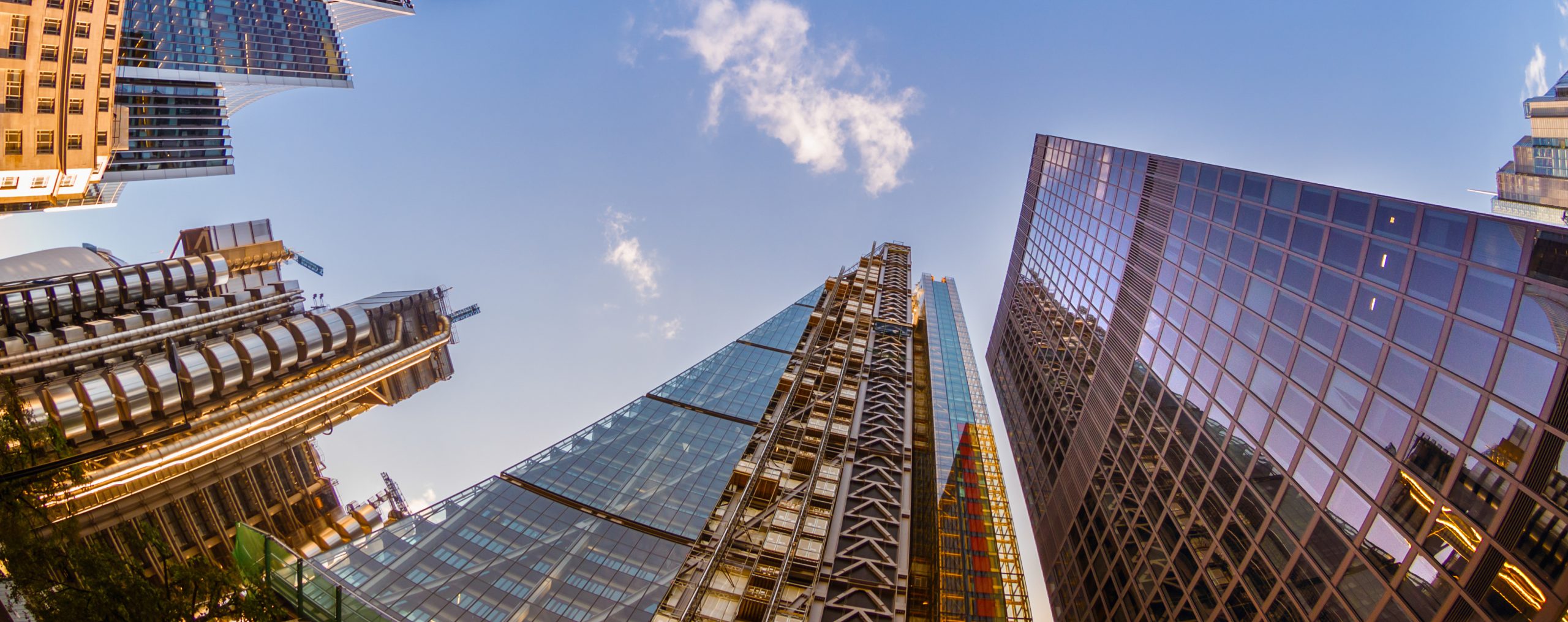Rwanda Economic Outlook
East Africa’s rising star:
Rwanda has become one of Africa’s most dynamic economies, with annual GDP growth averaging over 7% in recent years—among the highest on the continent. Despite its small size and landlocked status, Rwanda has pursued an ambitious economic transformation agenda, shifting from an agrarian-based economy to one centered on services, manufacturing, and technology.
Government-led development:The Rwandan government has played a central role in driving economic modernization, investing heavily in infrastructure, tourism, and information technology. Kigali, the capital, has become a business hub for East Africa, attracting international conferences and foreign direct investment. The government’s pro-business policies, combined with political stability and a crackdown on corruption, have made Rwanda an attractive destination for investors.
Diversification and innovation:While agriculture remains a key sector, employing a majority of the workforce, Rwanda has diversified into high-value industries such as financial services, ICT, and construction. The country has also positioned itself as a center for fintech and digital innovation in Africa, with a strong emphasis on e-government and cashless transactions.
Challenges and risks:Despite its economic progress, Rwanda faces several challenges. High reliance on foreign aid and debt-financed infrastructure projects raises concerns about long-term debt sustainability. Additionally, limited natural resources and a small domestic market make economic expansion reliant on exports and regional integration. Poverty remains an issue, particularly in rural areas, despite government efforts to boost household incomes.
Rwanda’s economic outlook:Rwanda’s economic growth should remain strong, supported by continued public investment, a growing services sector, and regional trade integration. However, sustaining this momentum will require reducing dependency on external financing, expanding the industrial base, and ensuring inclusive growth that benefits all segments of society.
Rwanda's Macroeconomic Analysis:
Nominal GDP of USD 14.3 billion in 2024.
Nominal GDP of USD 14.3 billion in 2024.
Nominal GDP of USD 14.1 billion in 2023.
GDP per capita of USD 1,028 compared to the global average of USD 10,589.
GDP per capita of USD 1,046 compared to the global average of USD 10,589.
GDP per capita of USD 1,028 compared to the global average of USD 10,589.
Average real GDP growth of 6.9% over the last decade.
Average real GDP growth of 6.5% over the last decade.
Average real GDP growth of 6.9% over the last decade.
Sector Analysis
In 2022, services accounted for 44.3% of overall GDP, manufacturing 9.9%, other industrial activity 18.7%, and agriculture 27.1%. Looking at GDP by expenditure, private consumption accounted for 75.3% of GDP in 2023, government consumption 16.6%, fixed investment 23.3%, and net exports -15.2%.International trade
In 2022, manufactured products made up 10.4% of total merchandise exports, mineral fuels 0.1%, food 27.2%, ores and metals 20.9% and agricultural raw materials 0.8%, with other categories accounting for 40.6% of the total. In the same period, manufactured products made up 50.0% of total merchandise imports, mineral fuels 15.3%, food 22.4%, ores and metals 1.3% and agricultural raw materials 0.9%, with other goods accounting for 10.1% of the total. Total exports were worth USD 2.50 billion in 2023, while total imports were USD 4.80 billion.Main Economic Indicators
Economic growthThe economy recorded average annual growth of 6.5% in the decade to 2023. To read more about GDP growth in Rwanda, go to our dedicated page.
Fiscal policy
Rwanda's fiscal deficit averaged 4.3% of GDP in the decade to 2023. Find out more on our dedicated page.
Unemployment
The unemployment rate averaged 12.4% in the decade to 2023. For more information on Rwanda's unemployment click here.
Inflation
Inflation averaged 6.6% in the decade to 2024. Go to our Rwanda inflation page for extra insight.
Monetary Policy
Rwanda's monetary policy rate ended 2024 at 6.50%, on the same level as a decade earlier. See our Rwanda monetary policy page for additional details.
Exchange Rate
From end-2012 to end-2022 the Rwanda franc weakened by 42.3% vs the U.S. dollar. For more info on the Rwanda franc, click here. For more info on the Rwandan franc, click here.
Economic situation in Rwanda
Rwanda is set to have remained one of the fastest-growing economies in Africa through Q1. Nonetheless, available data suggests that the economy lost steam during the quarter. Both manufacturing and mining output lost some traction in Q1. Additionally, goods exports slowed markedly. Shifting to Q2, April data indicates that momentum continued to cool at the outset of the quarter as mining and merchandise exports posted weaker growth readings than in Q1. Moreover, price pressures intensified through May, likely hampering household spending. In other news, after months of heightened fighting in the Democratic Republic of the Congo (DRC) between local troops and the Rwanda-backed M23 rebel group, the two countries are set to sign a U.S.-brokered peace deal on 27 June. This bodes well for stability and trade in the region, as well as for aid and multilateral funding for Rwanda.Rwanda Economic Forecasts
Projections out to 2034.44 indicators covered including both annual and quarterly frequencies.
Consensus Forecasts based on a panel of 8 expert analysts.
Want to get insight on the economic outlook for Rwanda in the coming years? FocusEconomics collects projections out to 2034 on 44 economic indicators for Rwanda from a panel of 8 analysts at the leading national, regional and global forecast institutions. These projections are then validated by our in-house team of economists and data analysts, and averaged to provide one Consensus Forecast you can rely on for each indicator. This means you avoid the risk of relying on out of date, biased or outlier forecasts. Our Consensus Forecasts can be visualized in whichever way best suits your needs, including via interactive online dashboards , direct data delivery and executive-style reports which combine analysts' projections with timely written analysis from our in-house team of economists on the latest developments in the Rwanda economy. To download a sample report on the Rwanda's economy, click here. To get in touch with our team for more information, fill in the form at the bottom of this page.
